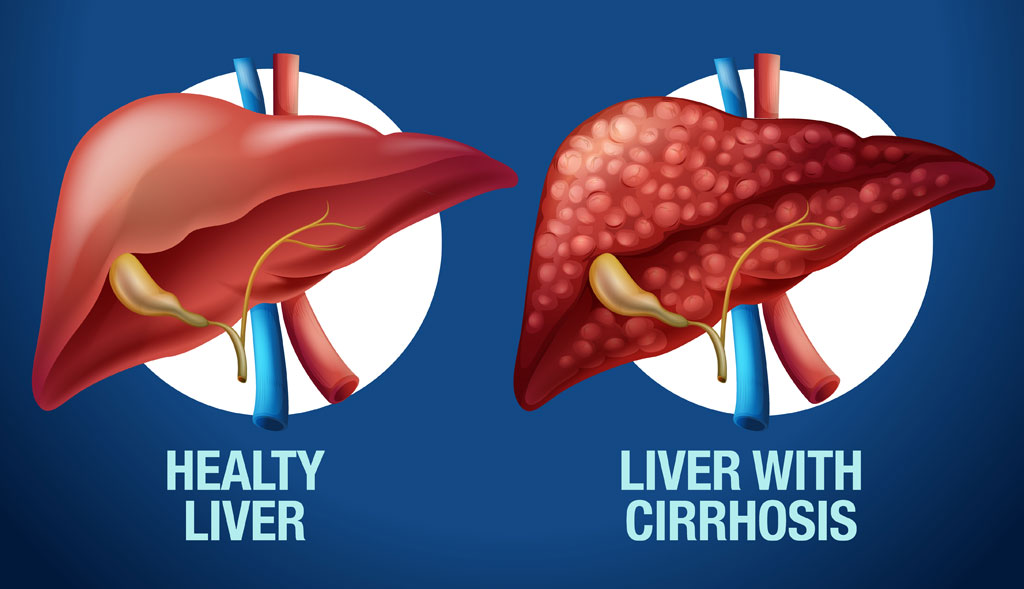
Cirrhosis is a chronic liver disease characterized by irreversible scarring of liver tissue, leading to a decline in liver function. It is often the result of prolonged liver damage from conditions such as chronic hepatitis, alcohol abuse, or non-alcoholic fatty liver disease (NAFLD). Early diagnosis is crucial in managing cirrhosis and preventing its progression to more severe complications like liver failure or hepatocellular carcinoma. Two powerful diagnostic tools, ultrasound and elastography, play a pivotal role in the early detection and monitoring of cirrhosis, offering non-invasive, accurate, and accessible solutions.
The Role of Ultrasound in Diagnosing Cirrhosis
Ultrasound is a widely used imaging test in the medical field, particularly for evaluating the liver. It uses high-frequency sound waves to create images of the liver, allowing healthcare professionals to assess its size, shape, and structure. The importance of ultrasound in diagnosing cirrhosis lies in its ability to identify early signs of liver damage before symptoms become apparent.
1. Detection of Liver Texture Changes
In the early stages of cirrhosis, the liver may not show significant changes in size, but the texture of the liver parenchyma may start to alter. Ultrasound can detect these subtle changes, such as increased echogenicity or the presence of nodularity, which are indicative of liver fibrosis—a precursor to cirrhosis. This early detection allows for timely intervention, potentially slowing the progression of the disease.
2. Assessment of Liver Size and Shape
As cirrhosis progresses, the liver may become enlarged (hepatomegaly) or, in later stages, shrink (atrophy). Ultrasound can measure liver size and detect abnormal contours, providing critical information about the extent of liver damage. Additionally, ultrasound can help identify signs of portal hypertension, a common complication of cirrhosis, by visualizing the size of the spleen and the presence of ascites (fluid accumulation in the abdomen).
3. Guidance for Liver Biopsy
While ultrasound itself is non-invasive, it is often used in conjunction with other diagnostic procedures. For instance, if a liver biopsy is required to confirm cirrhosis, ultrasound can guide the needle placement, ensuring a safer and more accurate tissue sample collection.
Elastography: A Game-Changer in Liver Disease Diagnosis
Elastography is a relatively newer imaging technique that has revolutionized the diagnosis and monitoring of liver diseases, particularly cirrhosis. Unlike traditional ultrasound, which provides images of the liver, elastography measures the stiffness or elasticity of liver tissue. This is crucial because liver stiffness is directly correlated with the degree of fibrosis—a hallmark of cirrhosis.
1. Types of Elastography
There are two main types of elastography used in the diagnosis of cirrhosis: transient elastography (TE) and shear wave elastography (SWE).
- Transient Elastography (TE): TE, commonly known by the brand name FibroScan, uses a mechanical probe to generate low-frequency vibrations that pass through the liver. The speed at which these vibrations travel correlates with liver stiffness. TE is widely used due to its simplicity, non-invasiveness, and ability to provide immediate results.
- Shear Wave Elastography (SWE): SWE, on the other hand, uses ultrasound waves to generate shear waves within the liver. The propagation speed of these waves is measured to assess liver stiffness. SWE is often integrated into conventional ultrasound machines, allowing simultaneous imaging and elastography.
2. Advantages of Elastography in Early Diagnosis
The primary advantage of elastography is its ability to detect liver stiffness before significant fibrosis has occurred. This allows for the early diagnosis of liver disease, even in asymptomatic patients. Additionally, elastography can distinguish between different stages of fibrosis, providing a more detailed assessment of liver health compared to traditional ultrasound.
- Non-Invasive and Repeatable: Unlike liver biopsy, which is invasive and carries risks, elastography is a non-invasive procedure that can be easily repeated to monitor disease progression or response to treatment.
- Quantitative Data: Elastography provides quantitative data on liver stiffness, allowing for more precise monitoring of liver health over time. This is particularly useful for tracking the effectiveness of therapeutic interventions aimed at reducing fibrosis and preventing cirrhosis.
Combining Ultrasound and Elastography for Comprehensive Liver Assessment
While both ultrasound and elastography are powerful tools on their own, their combination offers a comprehensive approach to liver assessment. Ultrasound provides detailed images of the liver’s structure, while elastography adds critical information about tissue stiffness. Together, these modalities allow for a thorough evaluation of liver health, enabling early detection and accurate staging of cirrhosis.
1. Early Intervention and Monitoring
The early detection of cirrhosis through ultrasound and elastography allows for timely intervention, which can significantly improve patient outcomes. By identifying liver damage before it becomes severe, healthcare providers can implement lifestyle changes, medications, and other treatments to slow or halt the progression of cirrhosis. Furthermore, regular monitoring with these tools ensures that any changes in liver health are promptly addressed.
2. Reducing the Need for Invasive Procedures
The non-invasive nature of ultrasound and elastography reduces the need for invasive procedures like liver biopsy, which carries risks such as bleeding and infection. This not only improves patient comfort but also makes liver disease assessment more accessible and feasible for a larger population.
Trust Eastern Diagnostics
Early diagnosis of cirrhosis is vital for preventing severe liver damage and improving patient outcomes. Ultrasound and elastography are indispensable tools in this regard, offering non-invasive, accurate, and accessible methods for detecting and monitoring liver disease. We, at Eastern Diagnostics, believe that by integrating these technologies into routine clinical practice, healthcare providers can ensure that patients with cirrhosis receive the timely care they need, ultimately reducing the burden of this chronic condition. You can trust Eastern Diagnostics for the best and accurate results of the tests.
